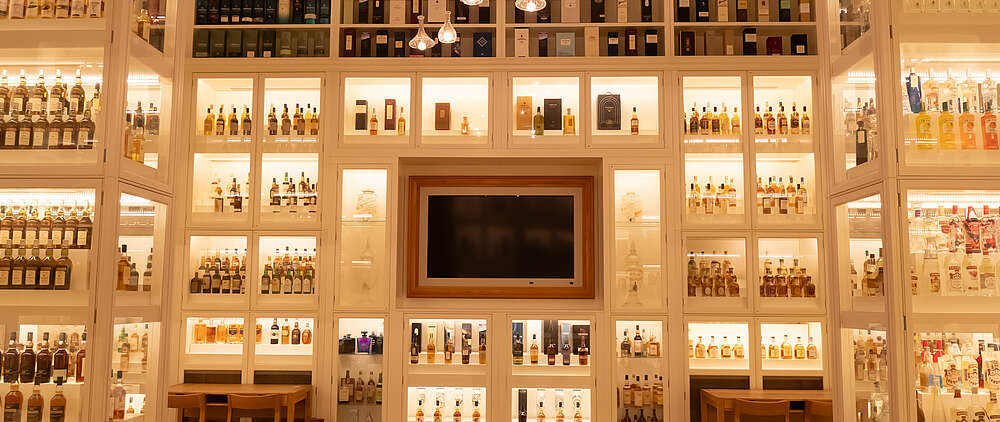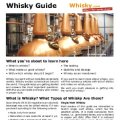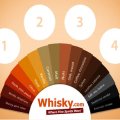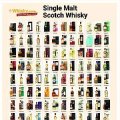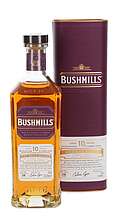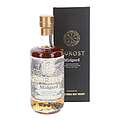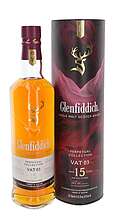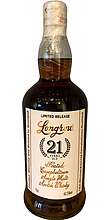Whisky fakes
Unfortunately, old collector's bottles in particular often do not contain what is written on the outside. The most famous case of counterfeiting was with bottles from the Macallan distillery. We shed light on the background and report on our experiences with whisky counterfeits.
How much are old collector bottles worth? That depends on how much you want to pay for them. After all, whisky is also a craft and rare bottlings are often unique. You can pay 40 million for a Van Gogh. Whisky bottles are only comparatively so highly priced in exceptional cases: the bottle that was auctioned for the highest known value is the 49-year-old Dalmore L'Anima, which changed hands in April 2019 for £108,900 (€123,500).
Auctions are a win-win situation in many ways. Whiskies or other products are auctioned off at a high price, the press covers the auction and the high price in a big way, of which 15% still go to the auctioneer - and with proceeds of €50,000, it's a cheap way to advertise, because the press makes you the talk of the town. In the end, it's also good business because a global advertising campaign costs significantly more. When the products from a bottling or distillery become rare, the prices go up. And the nice - or perhaps the tricky - thing about whisky collecting is: the collectibles on the market are becoming fewer and fewer. Because there will always be a collector who takes a bottle out of his collection now and then to enjoy.So now you have bought a great bottle at auction and added it to your collection. But who can tell you that the whisky in the bottle you bought at auction is genuine? Unfortunately, many whisky lovers and collectors have already fallen victim to counterfeiters.
Known case with counterfeits: Macallan
Back then, we also got into the environment of such a fake. At that time still in 'The Whisky Store'. At the time, we offered an old (and genuine) Gordon & MacPhail bottle from 1946 for around 500€. A so-called 'specialist' claimed that our price was much too high, that he could get a whole 6-bottle case for 250 € each. In Italy there were huge stocks of the bottlings. In reality, however, the bottles were fakes. But even a big company fell for these fakes: Macallan itself.
The distillery bought the so-called 'Antique Whisky Collection' around 2000-2002. As it turned out afterwards, Macallan had bought the old bottles from Italy via eBay, decanted them into original Macallan bottles with labels and thus put the Antique Collection on the market. It took a while before the Antique Collection went on sale, however, and while the bottles were still being processed, the counterfeit rumour was already spreading. Macallan then initiated an investigation into the alleged counterfeits. But such an investigation is not so easy. How do you test the authenticity of whisky bottlings? The bottles, which came from the vintages 1936-1945, were tested for authenticity in a very special way.
In 1945, the first atomic bombs fell in Hiroshima and Nagasaki. After that, artificial radioactive decay products were in the atmosphere. In the following period from 1945 to 1965, tests with atomic bombs took place all over the world: Russian atomic bombs in Siberia, French in the Algerian desert, American in the South Seas, and so on. This resulted in high levels of radiation in the world, which can still be measured in small amounts everywhere in the environment today - including in the barley or whisky produced after 1945. The tests found radioactive decay isotopes in eleven of the Macallan bottles, which were thus exposed as fakes. Macallan acknowledged this error and stopped selling the series.
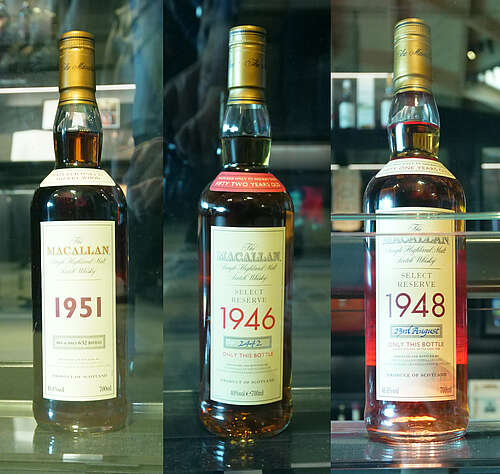
Counterfeits today
Are there no more fakes on the market today? Yes, there are! At the very beginning of our work at 'The Whisky Store', we were given a bottle of Talisker 1957 with the remainder of a tasting. Horst Lüning himself, in his youthful recklessness, sold it empty on eBay and earned 15 DM with it. Another case happened in the Facebook group 'Treffpunkt feiner Geister'. A user had a rare bottle of Ardbeg, emptied it and sold it empty for 50 €. And exactly the same bottle, which could be identified by its individual numbering, was offered again filled on eBay a few years later! Since this was a clear fake, a shitstorm rained down on the seller.
Where there are collectors, there is also a lot of greed. As you can see from the Macallan example, even the professionals sometimes fall for fakes. And as long as the bottles remain closed, the swindle is not discovered and no one is angry. The thought among counterfeiters is probably 'What I don't know won't hurt me'. You never know how many used counterfeits are circulating on the market. Because counterfeiters are sneaky. A fraudster was once caught who had mounted a wine capsule on top of the whisky bottle so that it looked originally sealed. This is not witchcraft: the capsules are made of plastic that can be heated and shrunk over the closure of the whisky bottle. Unfortunately, a vine was still clearly visible in the relief on top of the cork. Since these capsules are easy to counterfeit, Macallan capsules are now very elaborately labelled. The newer bottles even have a hologram glued to the side of the capsule at the transition to the glass to make counterfeiting even more difficult.
And the moral of the story ...
For this reason, Whisky.de has never purchased collections. Trading in single bottles is, due to the profit margins that are common in food retailing, not for a mail order business like us. However, there are dealers who specialise in single bottles. With the auction, however, you would lose 15-25% of the proceeds, because the auctioneer has a lot to do before a bottle is sold: Taking a photo, stocking the catalogue, as well as auctioning and shipping.
A note on auction houses: Even the most reputable ones have small print and the houses do not guarantee that the auctioned item is genuine - whether it is a painting or a whisky. However, the closer the supposedly original bottling is to the official date of sale, the higher the probability that it is genuine. This is where the so-called arbitrage hunters come in, who immediately resell collector's bottles - 10 years after launch, the authenticity is rather doubtful. In the end, after all, every whisky should be enjoyed and not gather dust on a shelf. Horst Lüning's tip: from the age of 50/60, start reducing your stocks and enjoy the best drops from the collection yourself.
By the way: The bottles in the video are exhibition fakes.


